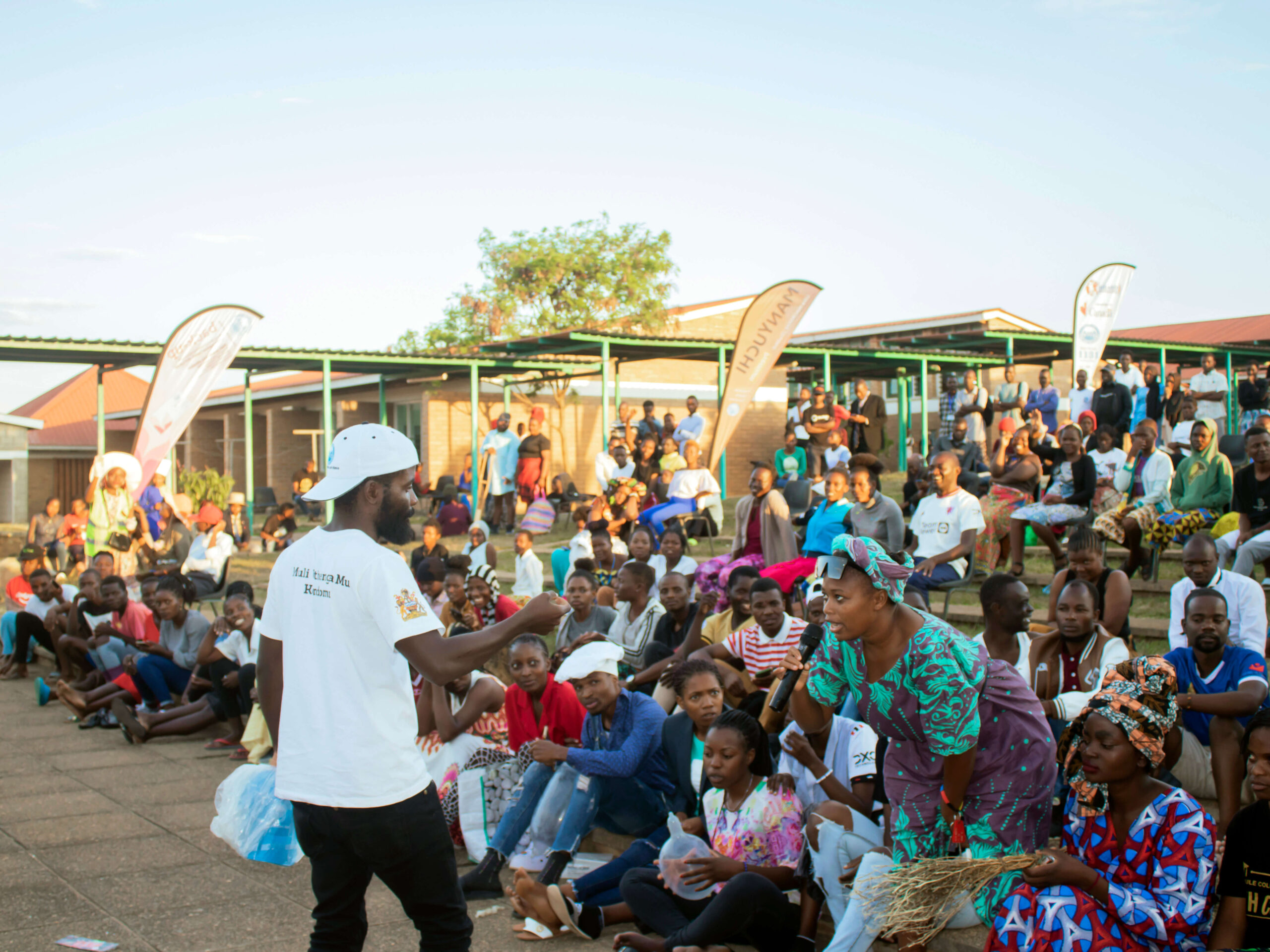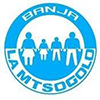Health Sector Joint Fund (HSJF)



Provision of Family Planning services to ten selected districts through Outreach and PSS services. 7 OR teams and 20 HSS sites spread-out in the following districts: Kasungu; Ntchisi; Dowa; Lilongwe; Mchinji; Dedza; Chiradzulu; Phalombe; Mulanje; and Chikwawa
Overview
Project Title: Family Planning Outreach and PSS Services to Ten (10) Selected Districts
Donor: RNE through MoH coordinated Health services joint fund (HSJF) mechanism
Budget Amount: 4.3 billion Malawi Kwacha (2.44 million USD)
Project Period: April 2024 to June 2025
7 OR teams and 20 HSS sites spread-out in the following districts: Kasungu; Ntchisi; Dowa; Lilongwe; Mchinji; Dedza; Chiradzulu; Phalombe; Mulanje; and Chikwawa
Rationale
High unmet need for modern contraceptives and reproductive health services, especially among adolescents who face health risks from early sexual debut and high rates of GBV and SGBV, compounded by limited access to comprehensive SRHR information and services, particularly in rural and last-mile communities.
Goal
To address gaps in access to family planning and reproductive health services, especially for adolescents, while building resilient and gender-sensitive communities and healthcare systems
Objectives and Expected Outcomes
| Objectives | Expected Outcomes |
|---|---|
| 1. Provision of last-mile outreach services – Recruit and train outreach teams with quality assurance through CQ Training. – Introduce a split-site outreach model to enhance adolescent reach and service delivery efficiency. – Integrate comprehensive and integrated services within outreach teams | – Increased access to family planning services for adolescents. – Reduced maternal and child mortality through improved outreach. |
| 2. Systematic and evidence-driven PSS and HSS strategies – Implement a 3-Phase PSS Graduation Model: 1. Training and Direct Support: Onsite mentorship by BLM’s PSS team. 2. Transition to Indirect Support based on performance indicators. 3. Government Training post-direct support. – Upgrade equipment and strengthen supply chain systems | – Strengthened health systems and provider capacity through mentorship and government support. – Reduced maternal and child mortality through improved healthcare systems. |
| 3. Targeted SRHR messaging and demand generation – Utilize community mobilization and peer education through BCCI and RHAs. – Engage in and out of school using both community-based and mass media interventions. | – Increased access to family planning services for adolescents. – Strengthened health systems and provider capacity. |





